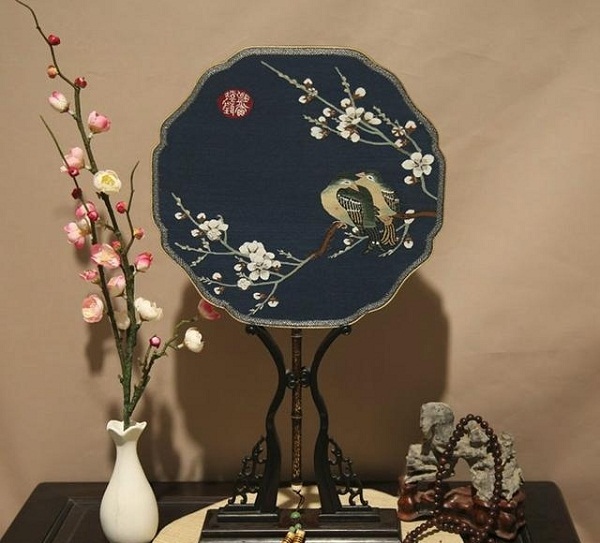
A piece of Kesi silk craftwork
"Kesi", a style of Chinese silk tapestry, is well-known for its extremely detailed pictorial designs, and the lightness and clarity of its double-sided patterns.
Kesi tapestry first appeared in the Tang Dynasty (AD 618-907), and reached its height during the Ming (1368-1644) and Qing (1644-1911) dynasties. It was usually used to make costumes for royal families, or copy emperors’ portraits and celebrities’ paintings and calligraphy works.
Unlike continuous-weft brocade, each color in Kesi style is woven from a separate bobbin, making the method both technically demanding and time-consuming. Thus, Kesi products are extremely rare, and the prices are usually high. There is an old saying that "Kesi silk tapestry is as valuable as gold".
Suzhou Kesi painting is known as one of China’s “Four Big Weaving Works” along with Hanzhou silk-weaving painting, Yongchun paper-weaving painting and Sichuan bamboo curtain pictures.